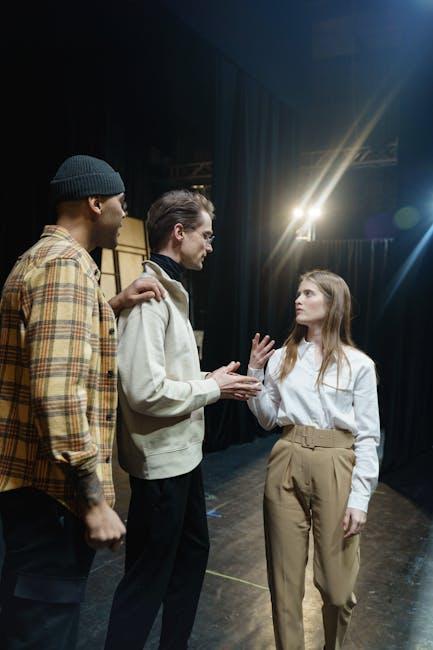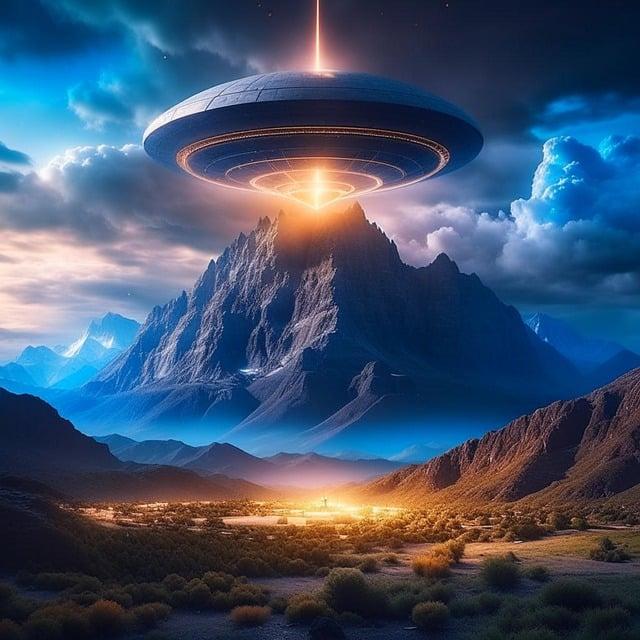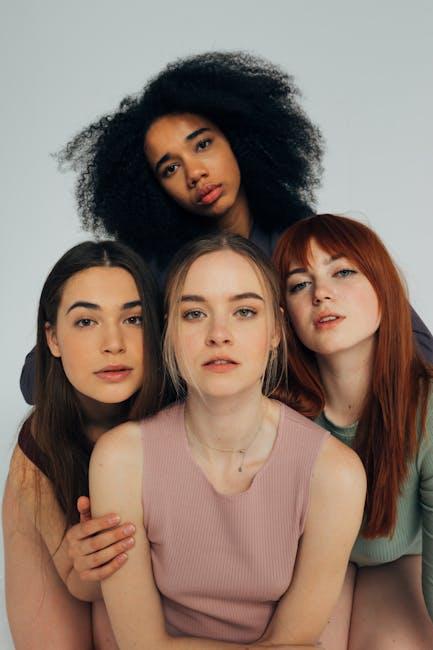In the vast landscape of visual storytelling, film and television each carve out distinct territories, offering unique canvases for creators to paint their narratives. While both mediums share the common goal of captivating audiences, their paths diverge in fascinating ways. Film, with its singular, immersive journeys, invites viewers into a world meticulously crafted to unfold in a few short hours. Television, on the other hand, offers an episodic exploration, allowing stories to breathe and evolve over seasons. As we delve into the creative differences between these two storytelling giants, we uncover the nuances that define their artistry and impact.
Crafting Narrative Arcs: Film vs. Television
In the realm of storytelling, the narrative arcs of films and television diverge in fascinating ways. Films are akin to a sprint, requiring a compact, intense storyline that delivers a powerful punch within a limited timeframe. The narrative is structured to build tension quickly, peak, and resolve all in the span of a few hours. This format demands precision and efficiency, often focusing on a single, transformative journey for the protagonist.
Conversely, television offers the luxury of time, allowing for a more leisurely exploration of characters and plotlines. This medium unfolds like a marathon, with narrative arcs stretching across episodes and even seasons. It enables the development of intricate subplots and evolving character dynamics. Key differences include:
- Depth vs. Brevity: TV allows for deeper character exploration, while film prioritizes concise storytelling.
- Evolution vs. Resolution: TV characters can evolve over time, whereas film characters often seek resolution by the end.
- Complexity vs. Simplicity: TV can juggle multiple storylines, while films typically focus on a central plot.

Character Development: Depth Over Duration
In the world of storytelling, character development can take different paths depending on the medium. In films, creators often focus on depth—crafting a rich, intricate portrait of a character within a limited timeframe. The challenge is to convey complex motivations and transformations in just a couple of hours, often using powerful visual cues, dialogue, and symbolic elements. Filmmakers aim to leave a lasting impact through a concentrated exploration of character arcs, where every moment counts.
Conversely, TV shows benefit from duration, allowing characters to evolve gradually over multiple episodes or seasons. This extended timeframe lets audiences witness subtle changes and growth, fostering a deeper connection with the characters. In television, creators have the luxury to explore side stories, delve into backstories, and introduce new dimensions over time. The episodic nature of TV encourages a layered approach to character development, where viewers can savor the slow unraveling of personalities and relationships.
- Film: Focus on concentrated depth
- TV Show: Embrace gradual evolution
 Visual Storytelling: Cinematic Techniques in Different Mediums”>
Visual Storytelling: Cinematic Techniques in Different Mediums”>
Visual Storytelling: Cinematic Techniques in Different Mediums
In both film and television, visual storytelling is a powerful tool that shapes how audiences perceive and engage with the narrative. Films often rely on a grand, sweeping cinematic approach, utilizing techniques such as wide-angle shots, intricate camera movements, and a carefully curated color palette to evoke emotion and convey the story’s depth within a limited timeframe. This compressed storytelling demands precision, with every frame contributing to the overarching theme and character development.
Conversely, television shows have the luxury of time and episodic structure, allowing for a more nuanced exploration of characters and plotlines. TV often employs techniques like close-ups and handheld shots to create intimacy and a sense of immediacy, drawing viewers into the world over multiple episodes. The episodic nature also allows for dynamic shifts in tone and style, adapting to the evolving story. This flexibility enables a layered narrative that can unfold gradually, offering a different yet equally compelling visual storytelling experience.

Audience Engagement: Balancing Expectations and Surprises
In the realm of film and TV storytelling, audience engagement is a delicate dance between meeting expectations and delivering surprises. Films often build up to a singular climax, allowing viewers to invest in a compact narrative arc. This linear progression ensures that audiences leave the theater with a sense of closure. On the other hand, TV shows thrive on episodic storytelling, providing ongoing engagement through twists and cliffhangers that keep viewers returning week after week. This approach creates a dynamic relationship where audiences anticipate the familiar yet crave the unexpected.
- Films: Offer a self-contained experience, focusing on a single storyline.
- TV Shows: Develop characters and plots over time, fostering deeper connections.
- Surprises: Both mediums use unexpected plot turns to captivate viewers.
Balancing these elements requires creators to understand their audience deeply. While films might rely on visual spectacle and emotional payoffs, TV shows can afford to explore nuanced character development and long-term storytelling. This balance of fulfilling expectations while injecting surprises is crucial in crafting engaging narratives that resonate with audiences across both mediums.

